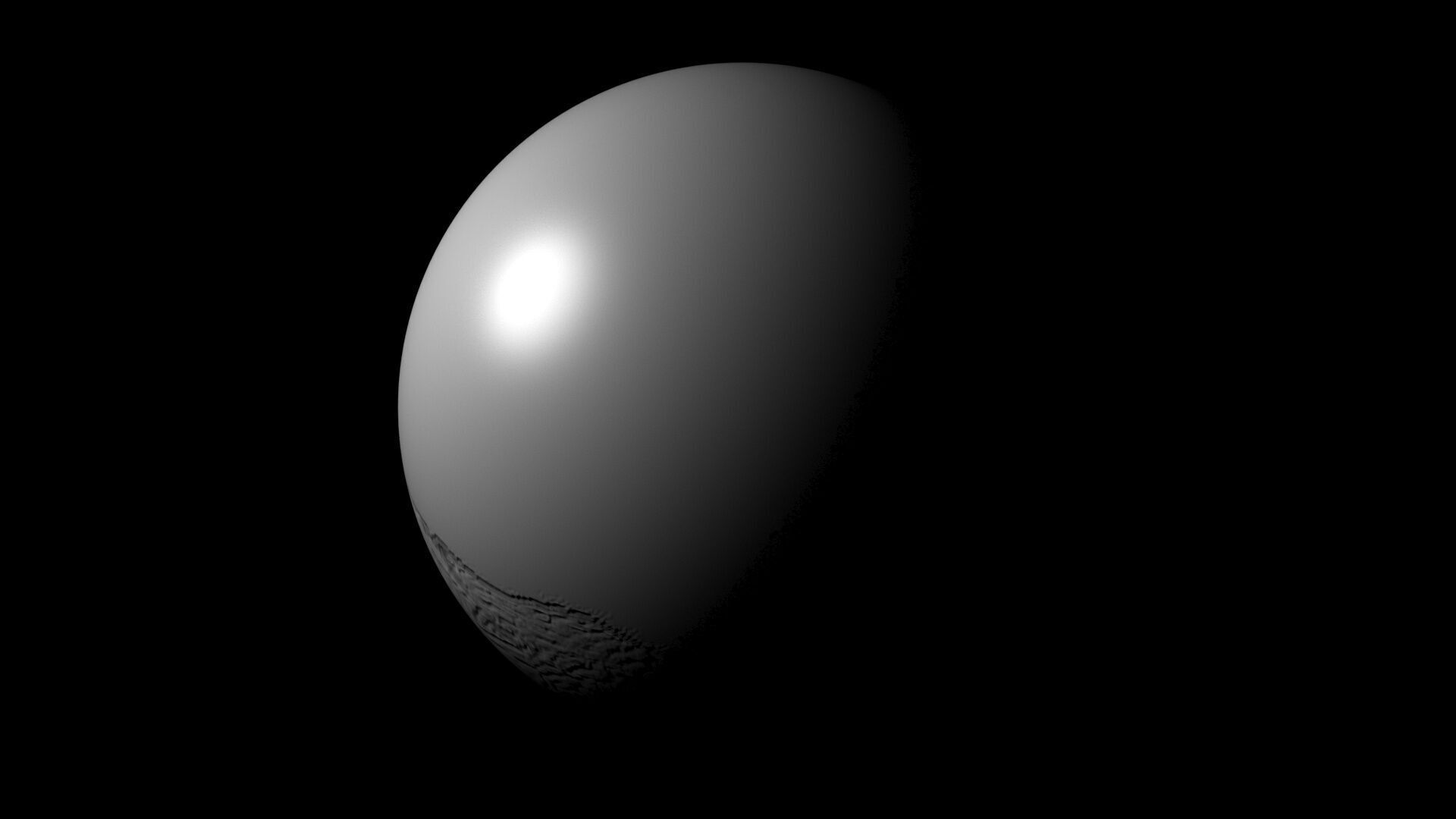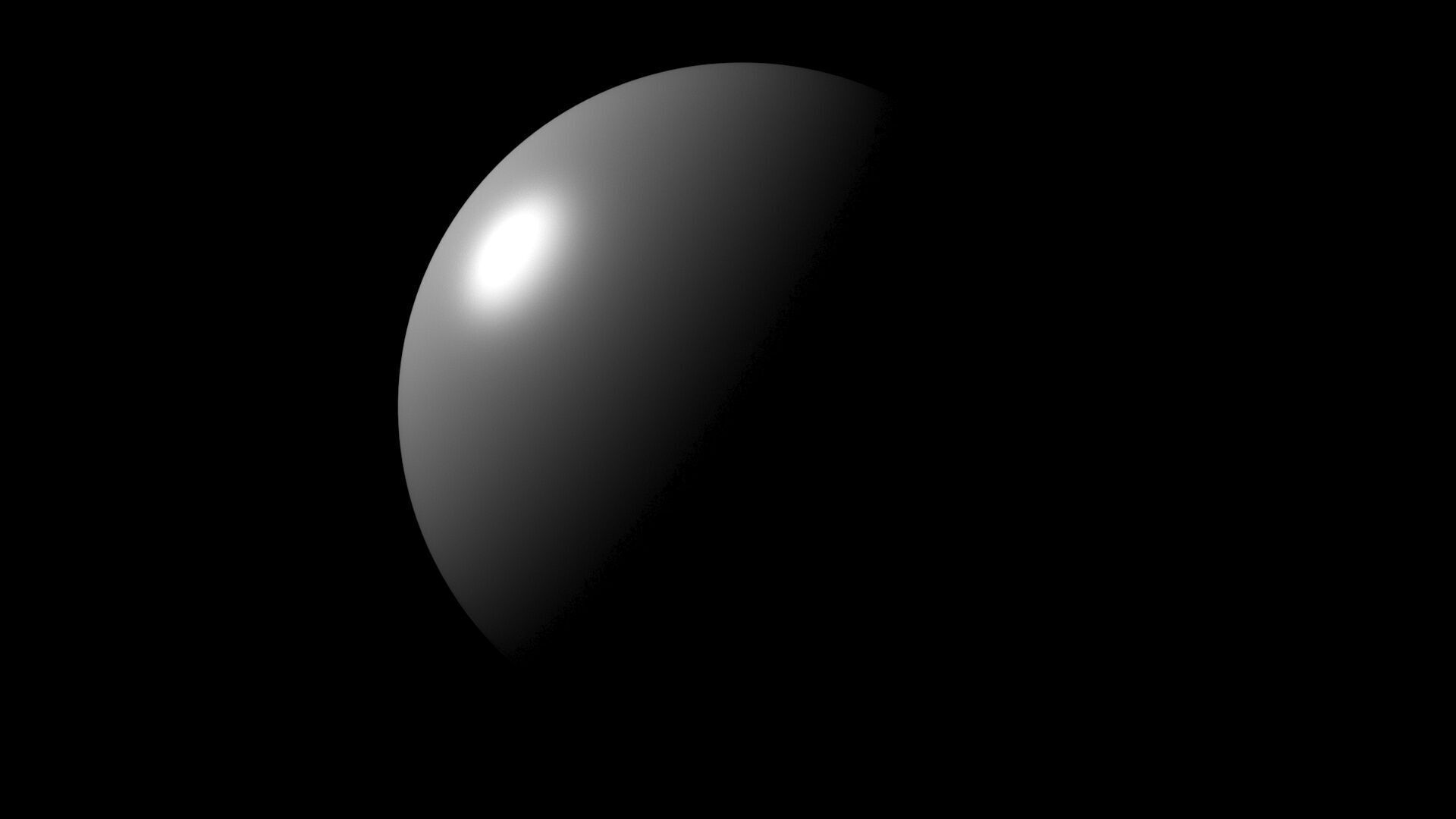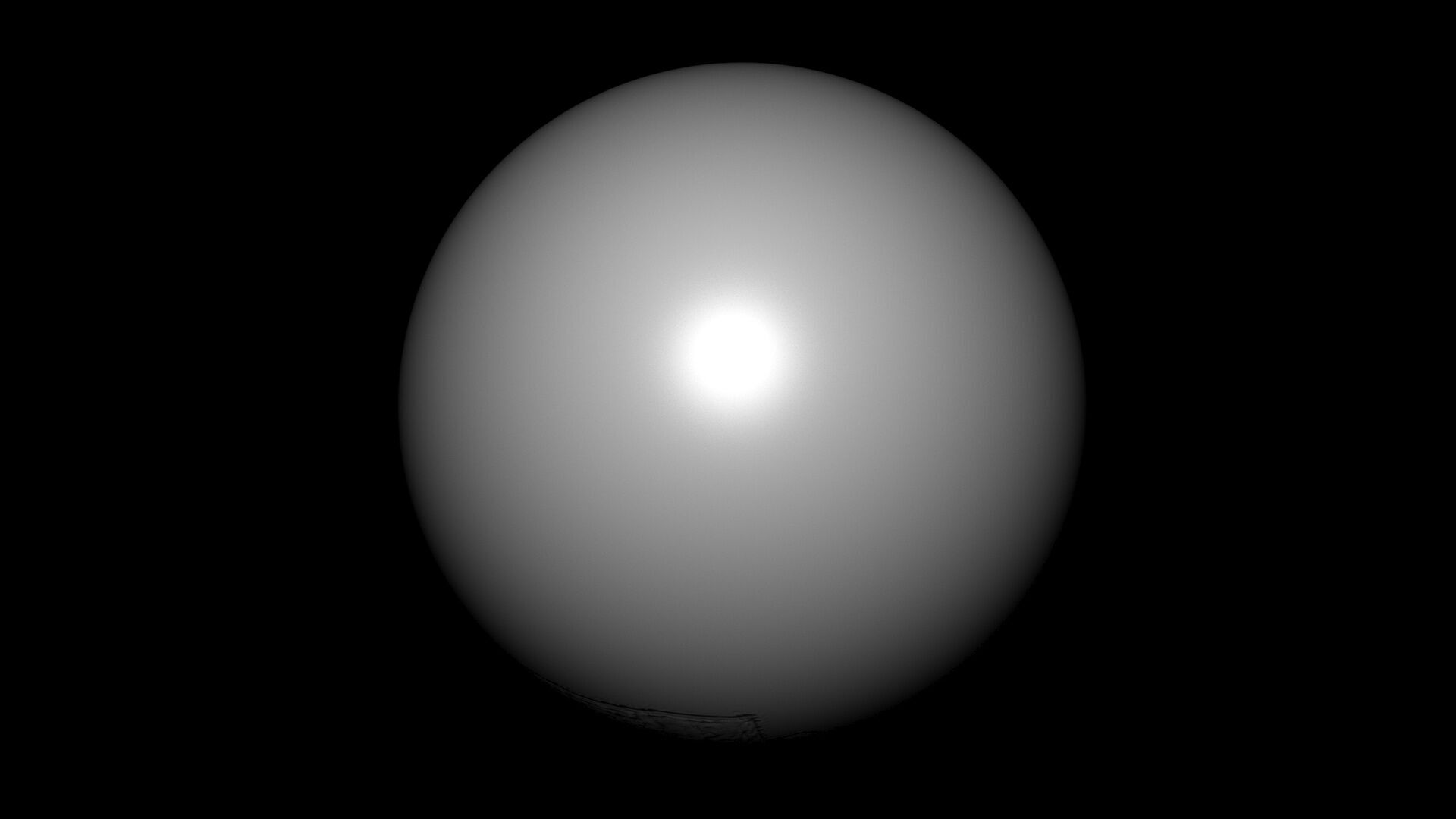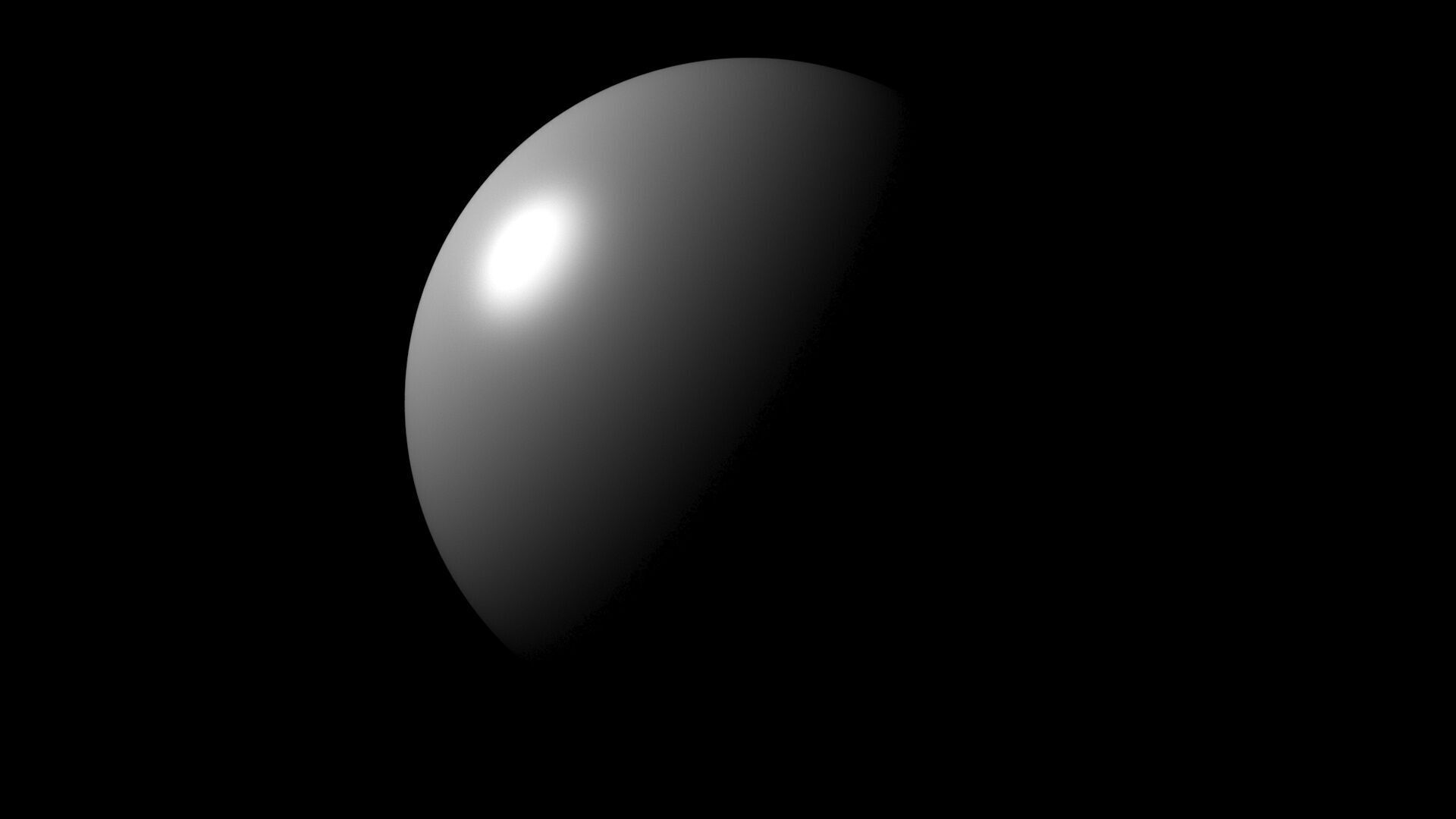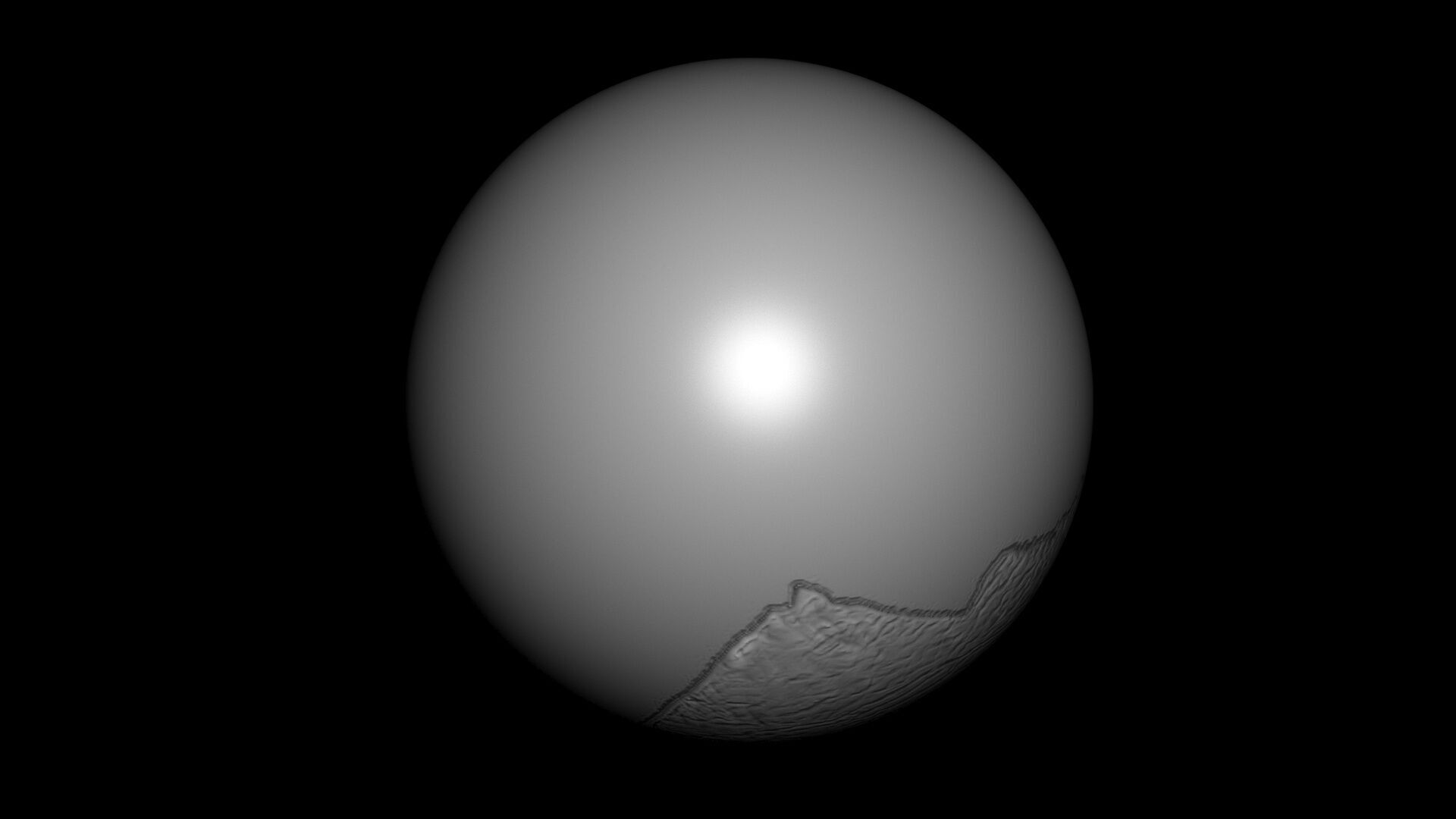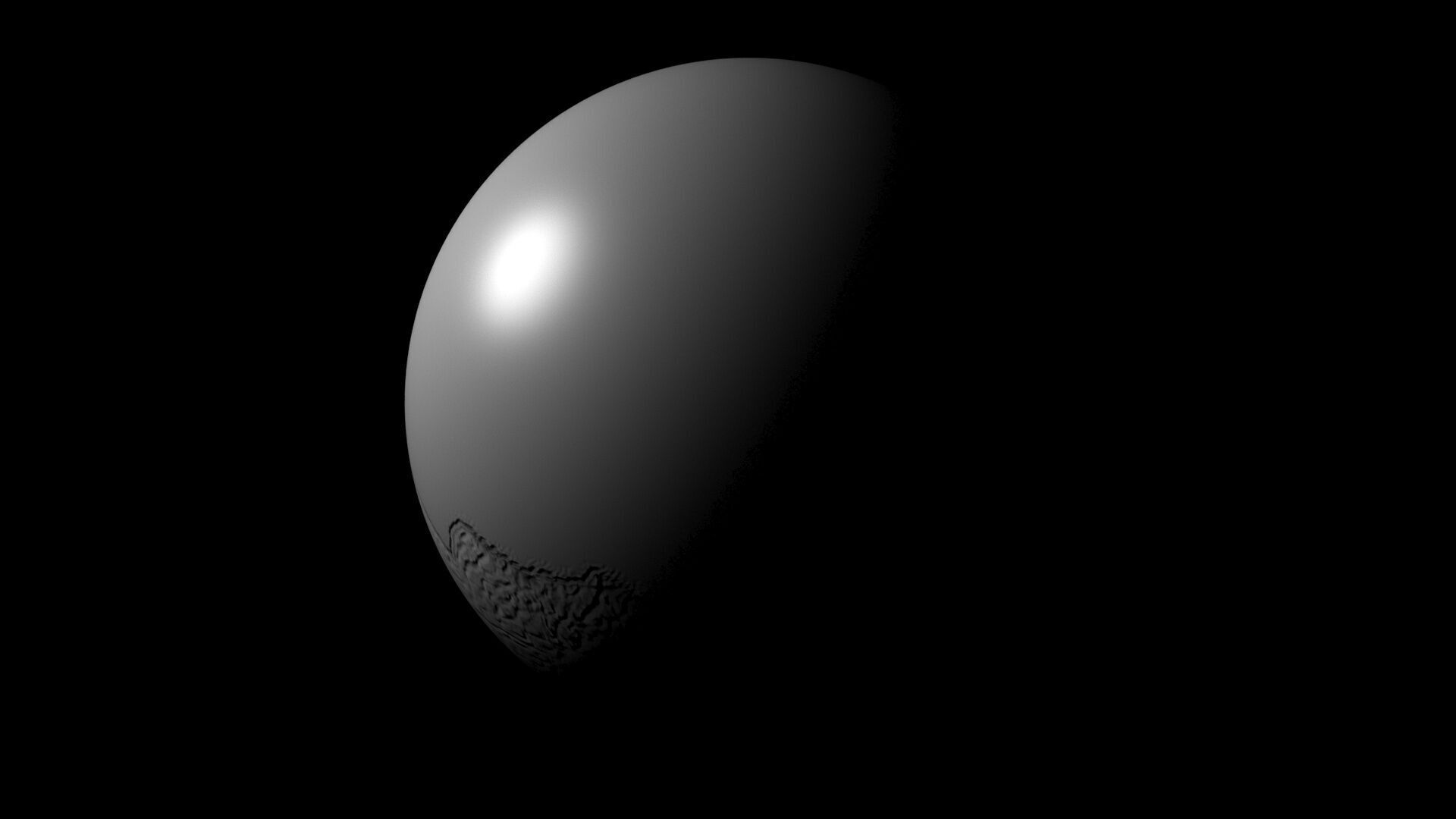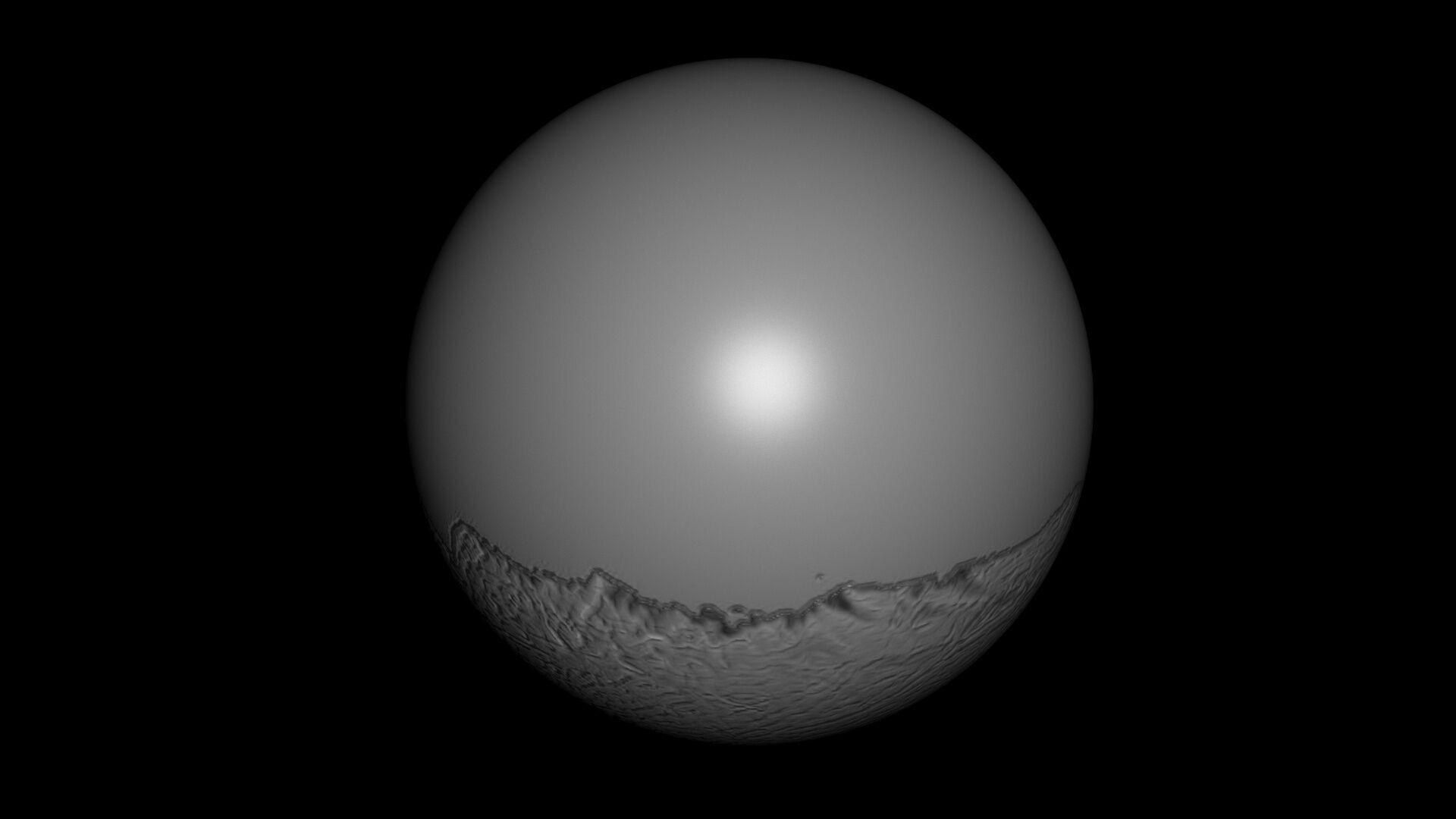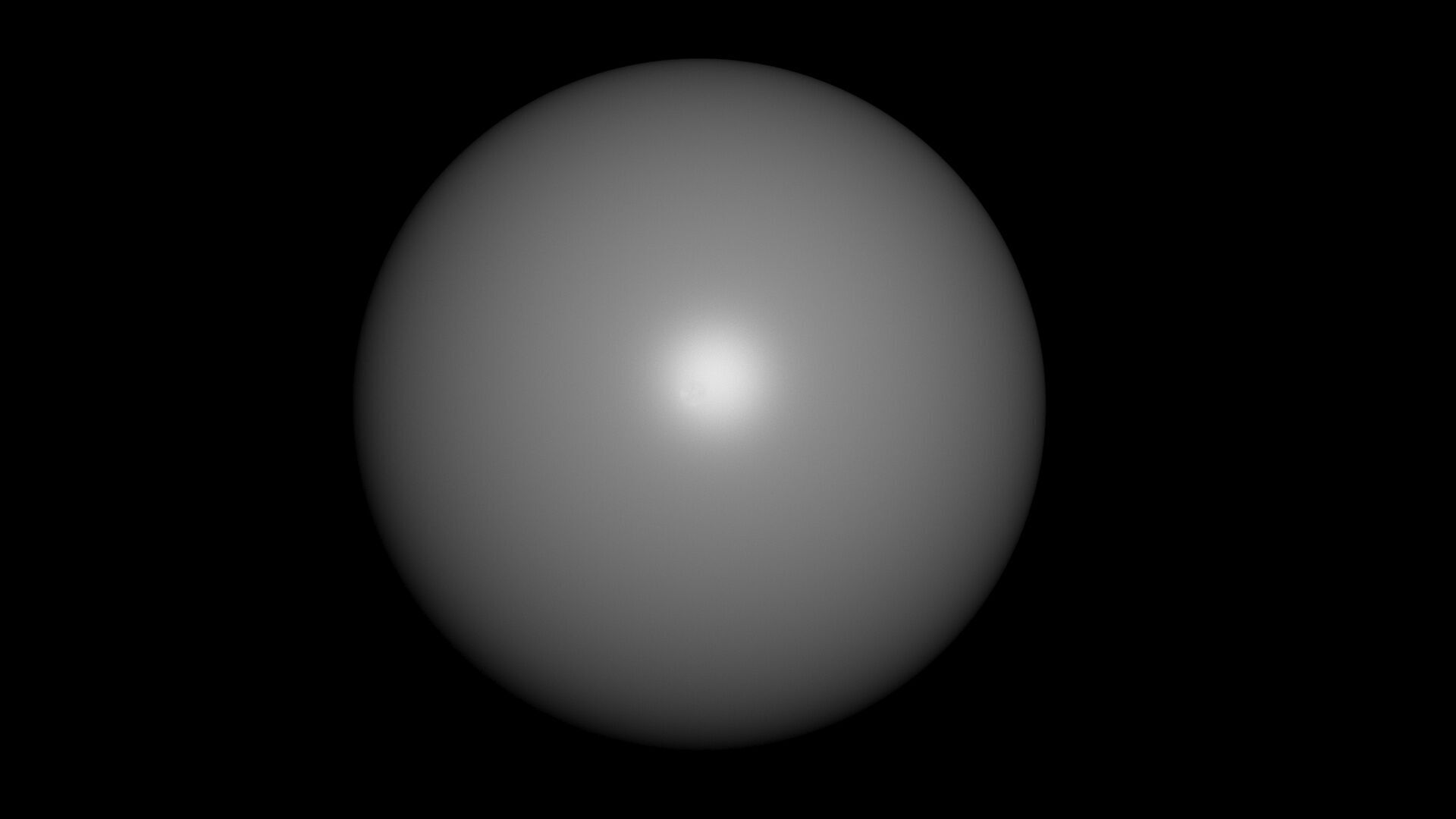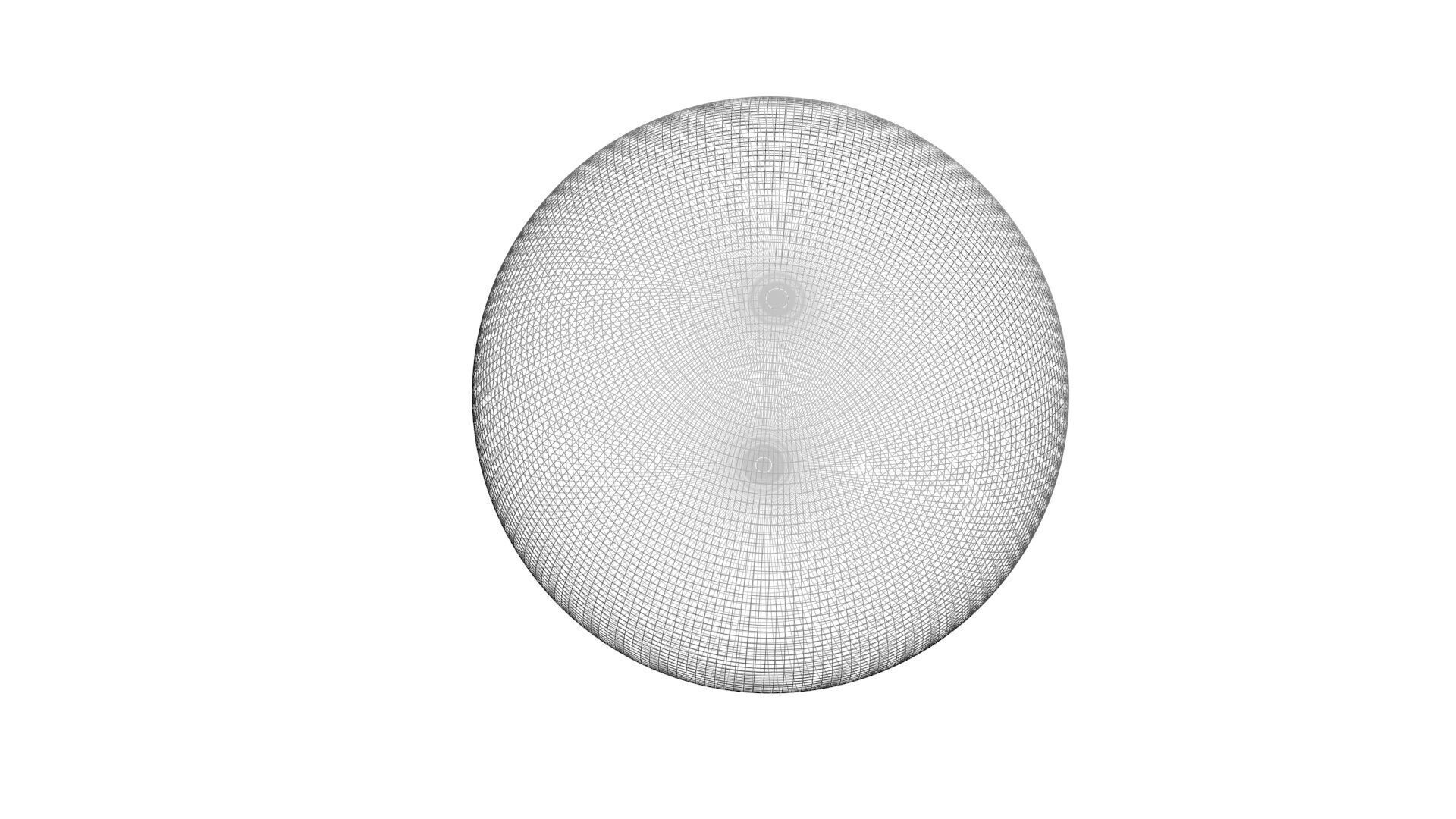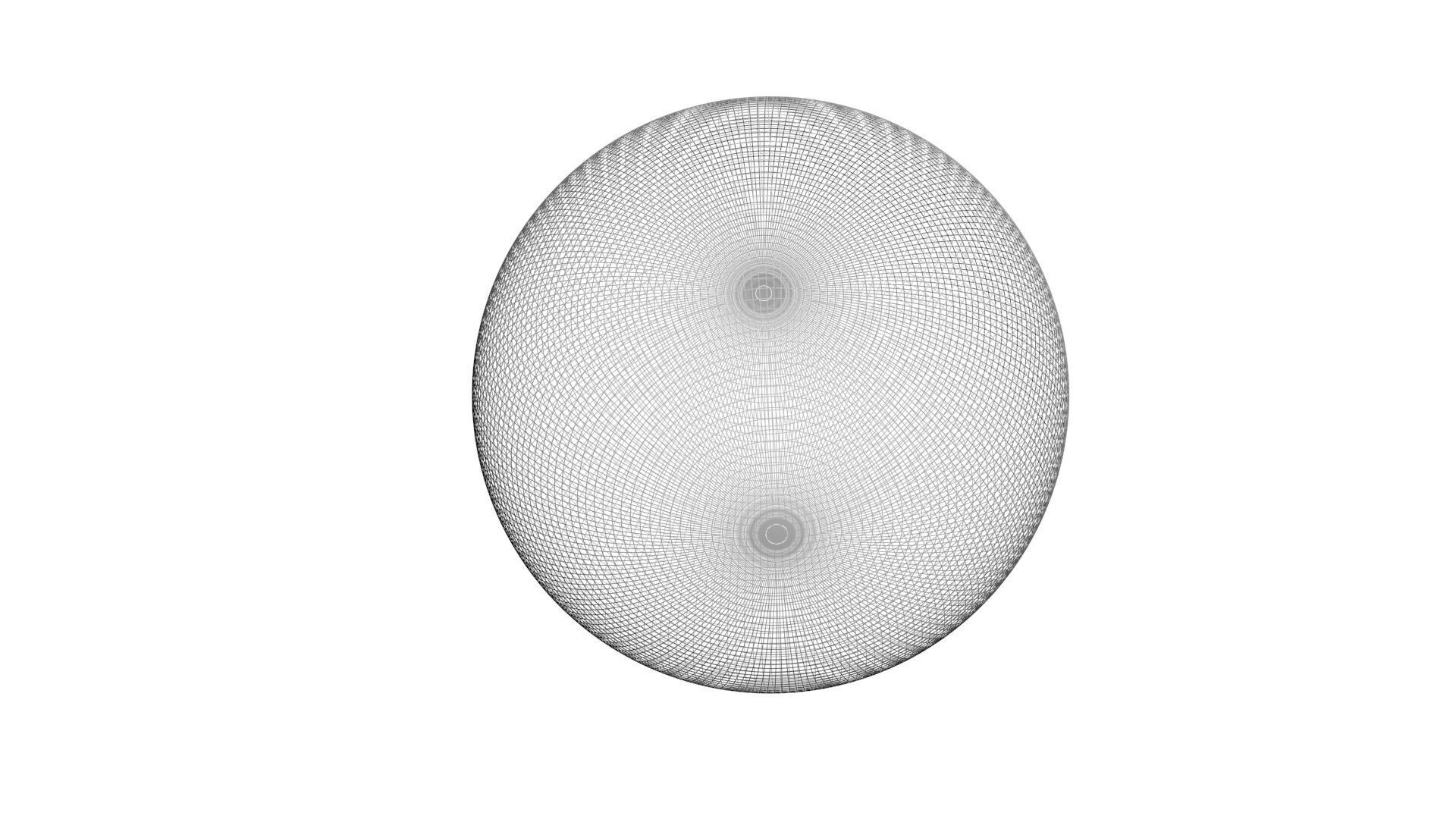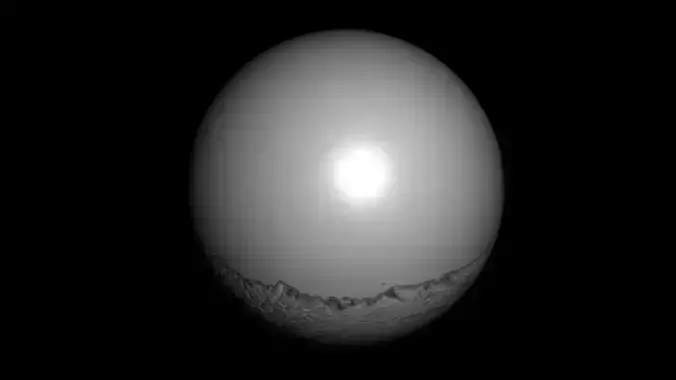
Ariel Planet 3D model
DescriptionAriel Planet is the fourth-largest moon of Uranus. Ariel orbits and rotates in the equatorial plane of Uranus, which is almost perpendicular to the orbit of Uranus, so the moon has an extreme seasonal cycle. It was discovered on 24 October 1851 by William Lassell and named for a character in two different pieces of literature. As of 2019, much of the detailed knowledge of Ariel derives from a single flyby of Uranus performed by the space probe Voyager 2 in 1986, which managed to image around 35% of the moon's surface. There are no active plans at present to return to study the moon in more detail, although various concepts such as a Uranus Orbiter and Probe have been proposed. After Miranda, Ariel is the second-closest of Uranus's five major rounded satellites. Among the smallest of the Solar System's 20 known spherical moons (it ranks 14th among them in diameter), it is believed to be composed of roughly equal parts ice and rocky material. Its mass is approximately equal in magnitude to Earth's hydrosphere. Like all of Uranus's moons, Ariel probably formed from an accretion disc that surrounded the planet shortly after its formation, and, like other large moons, it is likely differentiated, with an inner core of rock surrounded by a mantle of ice. Ariel has a complex surface consisting of extensive cratered terrain cross-cut by a system of scarps, canyons, and ridges. The surface shows signs of more recent geological activity than other Uranian moons, most likely due to tidal heating. Discovered on 24 October 1851 by William Lassell, it is named for a sky spirit in Alexander Pope's 1712 poem The Rape of the Lock and Shakespeare's The Tempest. Both Ariel and the slightly larger Uranian satellite Umbriel were discovered by William Lassell on 24 October 1851. Although William Herschel, who discovered Uranus's two largest moons Titania and Oberon in 1787, claimed to have observed four additional moons, this was never confirmed and those four objects are now thought to be spurious. All of Uranus's moons are named after characters from the works of William Shakespeare or Alexander Pope's The Rape of the Lock. The names of all four satellites of Uranus then known were suggested by John Herschel in 1852 at the request of Lassell, though it is uncertain if Herschel devised the names, or if Lassell did so and then sought Herschel's permission. Ariel is named after the leading sylph in The Rape of the Lock. It is also the name of the spirit who serves Prospero in Shakespeare's The Tempest. The moon is also designated Uranus I. Planetary moons other than Earth's were never given symbols in the astronomical literature. Denis Moskowitz, a software engineer who designed most of the dwarf planet symbols, proposed an A (the initial of Ariel) combined with the low globe of Jérôme Lalande's Uranus symbol as the symbol of Ariel. This symbol is not widely used. Among Uranus's five major moons, Ariel is the second closest to the planet, orbiting at the distance of about 190,000 km. Its orbit has a small eccentricity and is inclined very little relative to the equator of Uranus. Its orbital period is around 2.5 Earth days, coincident with its rotational period. This means that one side of the moon always faces the planet; a condition known as tidal lock. Ariel's orbit lies completely inside the Uranian magnetosphere. The trailing hemispheres (those facing away from their directions of orbit) of airless satellites orbiting inside a magnetosphere like Ariel are struck by magnetospheric plasma co-rotating with the planet. This bombardment may lead to the darkening of the trailing hemispheres observed for all Uranian moons except Oberon (see below). Ariel also captures magnetospheric charged particles, producing a pronounced dip in energetic particle count near the moon's orbit observed by Voyager 2 in 1986. Because Ariel, like Uranus, orbits the Sun almost on its side relative to its rotation, its northern and southern hemispheres face either directly towards or directly away from the Sun at the solstices. This means it is subject to an extreme seasonal cycle; just as Earth's poles see permanent night or daylight around the solstices, Ariel's poles see permanent night or daylight for half a Uranian year (42 Earth years), with the Sun rising close to the zenith over one of the poles at each solstice. The Voyager 2 flyby coincided with the 1986 southern summer solstice, when nearly the entire northern hemisphere was dark. Once every 42 years, when Uranus has an equinox and its equatorial plane intersects the Earth, mutual occultations of Uranus's moons become possible. A number of such events occurred in 2007–2008, including an occultation of Ariel by Umbriel on 19 August 2007. Currently Ariel is not involved in any orbital resonance with other Uranian satellites. In the past, however, it may have been in a 5:3 resonance with Miranda, which could have been partially responsible for the heating of that moon (although the maximum heating attributable to a former 1:3 resonance of Umbriel with Miranda was likely about three times greater). Ariel may have once been locked in the 4:1 resonance with Titania, from which it later escaped. Escape from a mean motion resonance is much easier for the moons of Uranus than for those of Jupiter or Saturn, due to Uranus's lesser degree of oblateness. This resonance, which was likely encountered about 3.8 billion years ago, would have increased Ariel's orbital eccentricity, resulting in tidal friction due to time-varying tidal forces from Uranus. This would have caused warming of the moon's interior by as much as 20 K.
Texture Resolution: 1266 x 632

